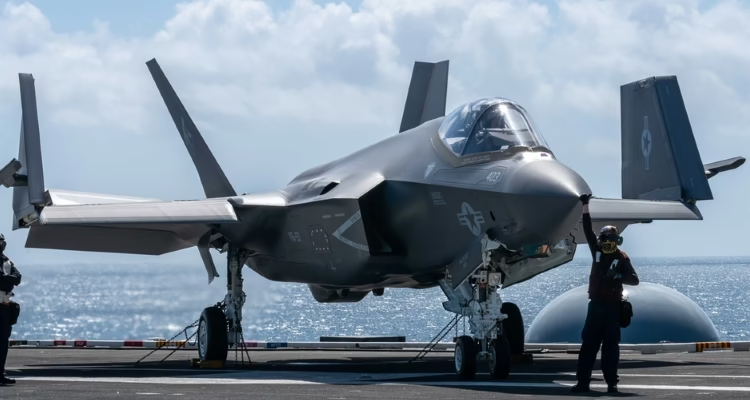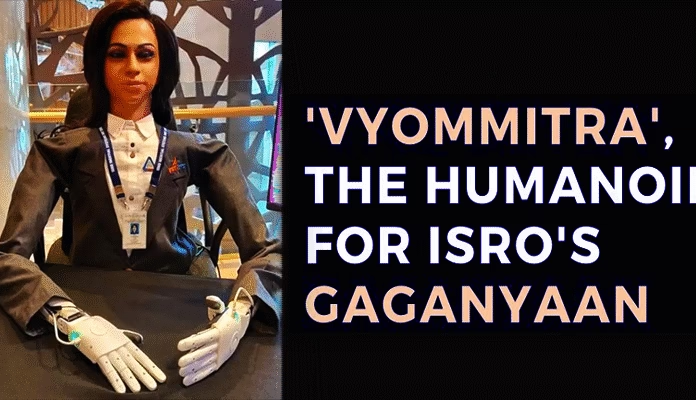
Thiruvananthapuram: The UK Royal Navy has reportedly turned down an offer from Air India to house its advanced F-35B Lightning II fighter jet in a secure hangar at the Thiruvananthapuram airport, where the aircraft has remained exposed on the tarmac for six days following an emergency landing.
The US-origin stealth jet — part of the HMS Prince of Wales Carrier Strike Group operating in the Indo-Pacific — was forced to divert and land in Kerala last Saturday due to low fuel during a routine sortie over the Indian Ocean.
According to reports by NDTV quoting sources, the British Navy appears hesitant to move the jet under cover due to the highly sensitive technologies embedded in the F-35B platform. These include stealth systems, advanced sensors, and next-generation data-sharing capabilities, which the UK and its allies are keen to shield from outside scrutiny.
Security concerns over exposing “protected technologies” are believed to be a key reason behind the Navy’s decision to reject the hangar space offer, though sources suggest they may still consider using it for final inspection or repairs.
The Indian Air Force confirmed it was informed of the diversion in advance and facilitated the aircraft’s emergency landing, ensuring all safety protocols were followed.
“The IAF is fully aware and has coordinated with all agencies to assist the aircraft. Such diversions are not uncommon,” an IAF statement noted.
The F-35B, developed by US defence giant Lockheed Martin, is designed for short take-offs and vertical landings, making it compatible with aircraft carriers lacking catapult systems. However, it remains unclear why the fighter couldn’t return to the Prince of Wales. Preliminary inputs suggest inclement weather around the carrier may have disrupted recovery operations.
The F-35 programme is among the most expensive and technologically sophisticated in the world, forming a cornerstone of NATO air power. Its deployment in the Indo-Pacific underscores the UK’s strategic focus on the region.



